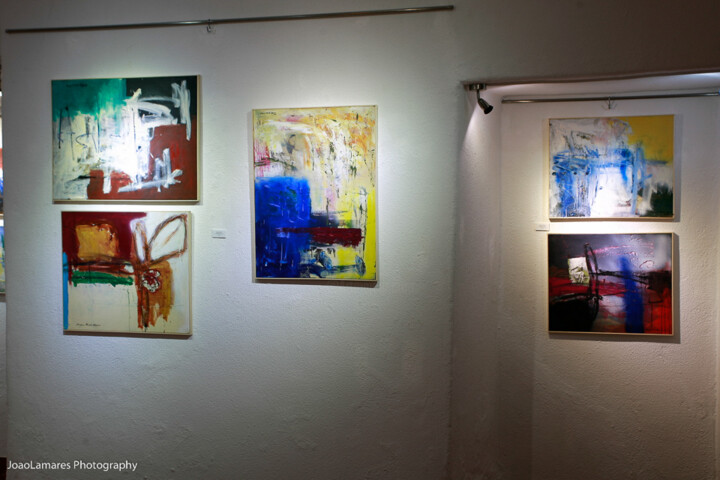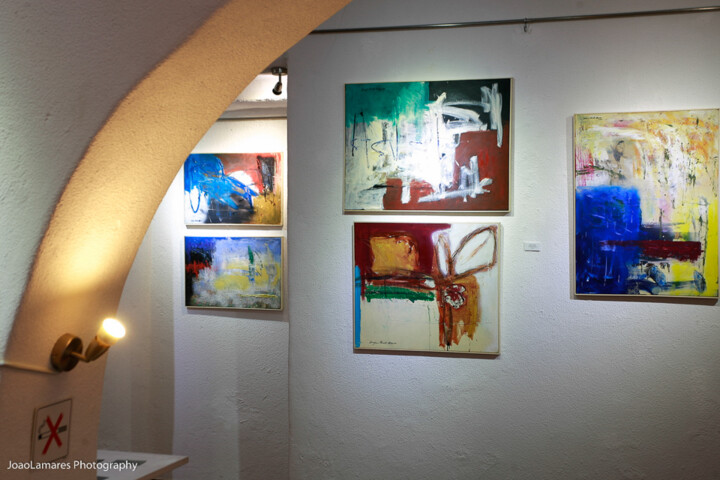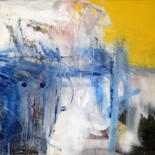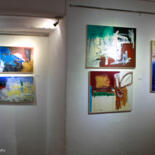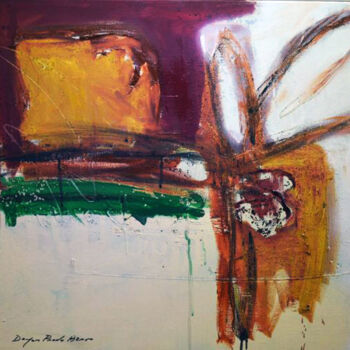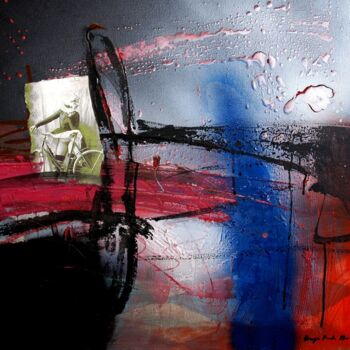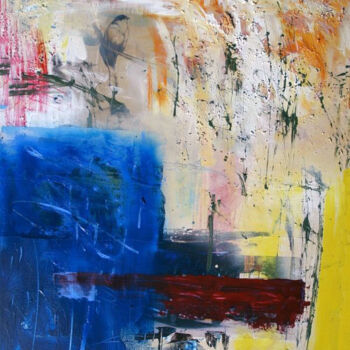Bravo I (2014) Peinture par Bravo
Pas à Vendre
Vendu par Artmajeur
-
Œuvre d'art originale (One Of A Kind)
Peinture,
Acrylique
sur Toile
- Dimensions Hauteur 19,7in, Largeur 23,6in
- État de l'œuvre L'oeuvre est en parfait état
- Encadrement Cette oeuvre n'est pas encadrée
- Catégories Peintures à moins de 500 $US Abstrait Abstrait
Thèmes connexes
Bravo uses visual language of shape, form, color and line to create a composition which may exist with a degree of independence from visual references in the world. Bravo lives and works in Germany. Faustina’s sticky-sweet oil paintings transform glistening fruit into its own unique world. Capturing juicy, perfectly ripe pulp in each brushstroke, her artwork focuses on the beauty and vibrancy of life. Abstract art uses visual language of shape, form, color and line to create a composition which may exist with a degree of independence from visual references in the world. Western art had been, from the Renaissance up to the middle of the 19th century, underpinned by the logic of perspective and an attempt to reproduce an illusion of visible reality. By the end of the 19th century many artists felt a need to create a new kind of art which would encompass the fundamental changes taking place in technology, science and philosophy. The sources from which individual artists drew their theoretical arguments were diverse, and reflected the social and intellectual preoccupations in all areas of Western culture at that time. Abstract art, non-figurative art, non-objective art, and non-representational art, are closely related terms. They are similar, but perhaps not of identical meaning.
-
Nationalité:
CUBA

- Date de naissance : date inconnue
- Domaines artistiques: Représenté par une galerie,
- Groupes: Artistes Contemporains Cubains Artistes présentés par une galerie



